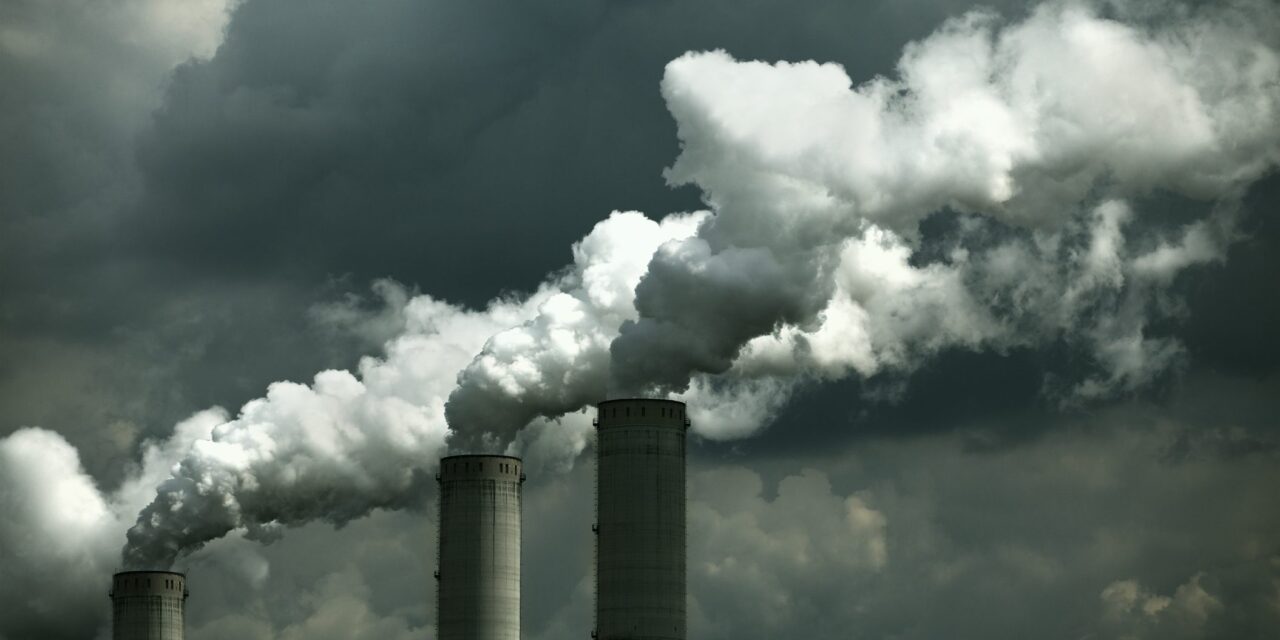Lest I be accused of being the Environmental Eeyore of BMT, here are some items of good environmental news for a change.
And the first bit comes, surprisingly, from the US House of Representatives via the NY Times and Houston Chronicle, where House leaders were forced to drop provisions in the budget bill for oil drilling and oil exploration in the Arctic National Wildlife Refuge in an attempt to garner enough moderate votes to gain passage of the legislation. Attempts to keep the drilling provisions are still expected in the Senate version of the bill, however:
…the leadership was trying to win over moderates in the party to enhance the chances of winning initial approval on Thursday of more than $50 billion in spending cuts demanded by House conservatives. But the decision is likely to meet objections from the Senate, where senior lawmakers are insisting on the drilling plan, a priority for President Bush.
The last-ditch effort by the leadership to avoid an embarrassing legislative defeat was the latest symptom of party unrest arising from instability in the leadership and anxiety about the 2006 elections. Those concerns were heightened by election results on Tuesday that Democrats and some Republicans said exposed the party’s vulnerabilities and threatened its policy agenda.
“There is a clear message from the election results all over the country,” said Representative Sherwood Boehlert, Republican of New York, an influential moderate. “The American people, by and large as a body politic, are looking for a more centrist approach.”
Solar Rising
Bill McKibben reports in the November/December issue of Mother Jones how solar energy is moving into the mainstream, one roof at a time, and breakthroughs quietly continue in the field of solar energy, continuing to move the technologies towards widespread acceptance in the marketplace. One of the latest is reported by researchers at NM State and Wake Forest Universities, who are continuing to engineer improvements in this, flexible solar films that could be used, for example, to paint a car that could then generate electricity to keep its battery charged, or tents that would generate electricity for campers or soldiers. The military is interested in the latter use, which should help ensure funding through 2008:
Traditional silicon solar panels are heavy and bulky and convert about 20 percent of the light that hits them to useful electrical power. For years, researchers have worked to create flexible, or “conformal,” organic solar cells that can be wrapped around surfaces, rolled up or even painted onto structures, but the best scientists have been able to do is about 3 percent efficiency, until now.
Researchers… …have achieved an efficiency rate for organic solar cells of almost 6 percent. In order to be considered a viable technology, the solar cells must be able to convert about 10 percent of the energy in sunlight to electricity. Wake Forest researchers hope to reach 10 percent by October 2006, said David Carroll, director of the nanotechnology center at Wake Forest…
… Most experts have estimated that flexible, solar cell technology for consumers was about a decade away, but Carroll said the new breakthrough at Wake Forest and NMSU means that consumers could be using this technology in the next five years.
Alternative Fuels
Alternative fuels are also continuing to make quiet inroads into the marketplace, with AFP reporting on a conference in Sweden on biofuels for automobiles, Reuters reporting high European demand for biofuels, and Iowa State U. announcing a grant from the USDA/DOE Biomass Research and Development Initiative. Their project will optimize a process that generates both bio-oil and improves soil fertility / sequesters carbon at the same time:
Corn stover [waste stalks, cobs, and husks] will be harvested from fields and partially burned to create charcoal and a bio-oil about as thick as motor oil. The bio-oil will be reacted with steam to produce hydrogen. That hydrogen will replace the natural gas typically burned to make anhydrous ammonia fertilizer. The fertilizer and charcoal will be incorporated into the soil.
Brown said there should be three significant results: Farmers producing their own renewable energy to manufacture fertilizer for their fields. Farming that improves soils because the added charcoal supports soil organisms.
And the charcoal sequestering carbon in the soil, thus reducing the amount of greenhouse gases in the atmosphere. Brown estimates a 640-acre farm could sequester the equivalent of 1,800 tons of carbon dioxide in the soil. That’s the annual emissions created by about 340 cars.
Brown uses the phrase reinventing agriculture when he talks about the process.
“The conventional goal of good land stewardship is to minimize soil degradation and the amount of carbon released from the soil,” he said. “This new approach to agriculture has the goal of actually improving soils.”
He said the practice of improving soil by adding charcoal has been traced back to the Amazon basin in the days before Christopher Columbus. People there created dark and productive soils (know as “terra preta,” or “dark earth” soils) by adding charcoal mixed with manure. Those soils are still more productive than surrounding soils that weren’t treated with charcoal.
Glowing News
Research on ways to recycle spent nuclear fuel are under development by the University of Wisconsin-Madison and Argonne National Labs. Development of such processes will find a useful way to deal with the wastes currently stored in ponds at nuclear power plants around the nation rather than ship the material to Yucca Flats, NV for disposal or keeping it in limbo at each plant, where it is both a potential environmental hazard and terror target. Recycling for this material would also reduce the need to mine for additional uranium, with its attendant costs and environmental risks.
“We hope to develop a `sustainable’
fuel cycle–that is, an efficient, cost-effective way to reuse current spent nuclear fuel and minimize its by-products,” he says. “Advanced nuclear fuel cycles can be recycled as a source of available energy as demand for uranium increases.”
Meanwhile, in a hopeful “swords into plowshares” move, the DOE announced 200 metric tons of highly enriched uranium would be removed from the nation’s weapons stockpile and processed for power-generation uses at the Y-12 facility in Oak Ridge, TN. This move is part of a reduction in weapons stockpiles that will take the US nuclear arsenal back to its size in the Eisenhower administration – still far too big, still a risk and waste of resources, but some progress…
Not Missin’ the Emissions
Republican disarray over addressing global heating continues, as Governor Pataki of NY attempted to distance himself from his own party leadership on Wednesday and announced cars sold in NY starting in 2009 must reduce CO2 emissions, joining in a trend started in the pacific coastal states and continuing in several Northeastern states. Automakers are squawking, of course:
Last week, Vermont ruled it would cut carbon emissions from cars. Massachusetts, Maine Connecticut and Rhode Island are also moving to adopt similar rules.
The auto industry and regulators differ on whether the regulations fall under fuel efficiency standards, something only the federal government is allowed to regulate.
“Automakers need a consistent national policy for fuel economy, and national fuel economy standards cannot be written by any single state or group of states,” said Gloria Bergquist, spokeswoman in Washington for the Alliance of Automobile Manufactures, which filed suit in California to block regulation there.
But regulators say the rule is about auto emissions and not fuel economy and that it gives automakers flexibility in how to reduce greenhouse gas emissions.
Your Turn
Do you have any good environmental news? Add it to the list and let my “inner Cassandra” have a day off…





